The growth of Asian investment into Latin America
At the Americas Regional Meeting held in Santo Domingo on 14 April, the business development session centred around the current Asian investment landscape, particularly Chinese, into the Americas (mainly Canada and Latin America) and how Multilaw firms can assist clients to capitalise on business, trade and investment opportunities in the region.
Panellists
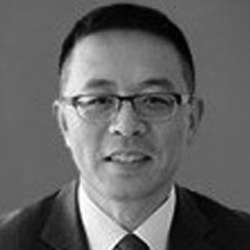 |
| Alex Hao |
| JunHe, New York, USA |
|
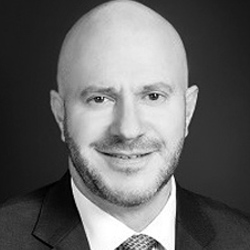 |
| Jorge Mondragon |
| Gonzalez Calvillo, Mexico |
|
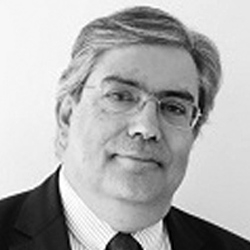 |
| Jose Orlando Lobo |
| Lobo De Rizzo Advogados, Brazil |
|
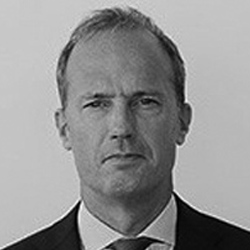 |
| Juan Manuel Quintana |
| Zang Bergel & Vines Abogados, Argentina |
|
Moderators
 |
| Hans Sydow |
| Tinoco, Travieso, Planchart & Núñez, Venezuela |
| Americas Regional Chair |
|
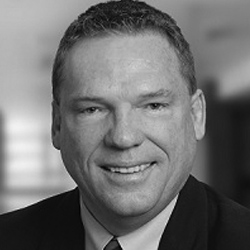 |
| Mike Patterson |
| Polsinelli, USA |
| Americas Regional BD Co-ordinator |
|
Each of the panellists gave their perspectives on Asian investment into the Americas. Alex Hao of JunHe New York office, focusing on Chinese investment, showed how the “centre of the economic balance of the world” is shifting from West to East with huge shifts East already and by 2045 the centre “dot” is projected to be around Tibet.
Over the period 2003-2016, the top three countries receiving Chinese investment in order of number of deals was Brazil, Mexico and Chile. In 2017, Chinese companies invested more than $21bn in Brazil, particularly in power plants and ports. Bolivia has a $10bn Chinese credit line to spend on motorways and hydroelectric dams and China has agreed to build two nuclear-power plants in Argentina.
Early this year, China invited Latin American governments to join their Belt and Road initiative in a bid to further strengthen trading ties between the two regions. With Chinese banks investing more in Latin America’s infrastructure than the World Bank and IDB combined, the evidence suggests that China’s dominance in the region is not diminishing but accelerating and clients are able to seek deals with terms that no other country can compete with in terms of price, lack of restrictions, preferential rates, etc.
Each of the panellists from Brazil, Mexico and Argentina described the growth of Chinese investment in their countries over the past few years and the diversification beyond natural resources into a wide range of sectors including automotive, manufacturing, agriculture, technology, infrastructure and aerospace industries.
In the context of Multilaw business development, these developments provide a genuine opportunity for firms in both regions to collaborate and work smarter together.
Alex Hao, panellist from JunHe, believes Multilaw firms should approach these deals on a regional basis: “ If China is doing a deal in Peru or Brazil, we should expand and discuss whether the client needs assistance in Argentina, Mexico, Chile, Panama, Costa Rica, Dom Republic, Canada US, etc. – push for the regional play.”
Mr. Hao noted that there is also a potential opportunity in the United States for dispute resolution work, as these deals often choose locations such a New York or Miami.
He recommended that member firms should get to know their local Chinese consul stating that many deals and delegations are coming through the Consuls and he offered assistance to member firms in making introductions.
Mr. Hao’s firm also offered to provide (and after the meeting provided – see below) a DOs and DON'Ts when doing business in China which describes a number of important cultural and business tips.
A list of Chinese companies with interests in Latin America was circulated to delegates at the meeting with planned follow up action to focus on some identified target companies in growth sectors.
Hans Sydow, acting as chair of the Americas region commented that the significant investment by Chinese companies and government agencies into Latin America and Canada would soon far surpass United States investment and that lawyers should be prepared for it. “We should learn how to deal with these clients, their culture, the way they do business. We are keen to learn from our peers in the Asia Pacific region and look forward to doing further joint inter-regional meetings to gain greater insights in order to better service our clients.”
Mr Sydow closed the meeting by thanking the panellists and moderators for their work in preparing and delivering the session.
Resources
Presentations:
How to guide: